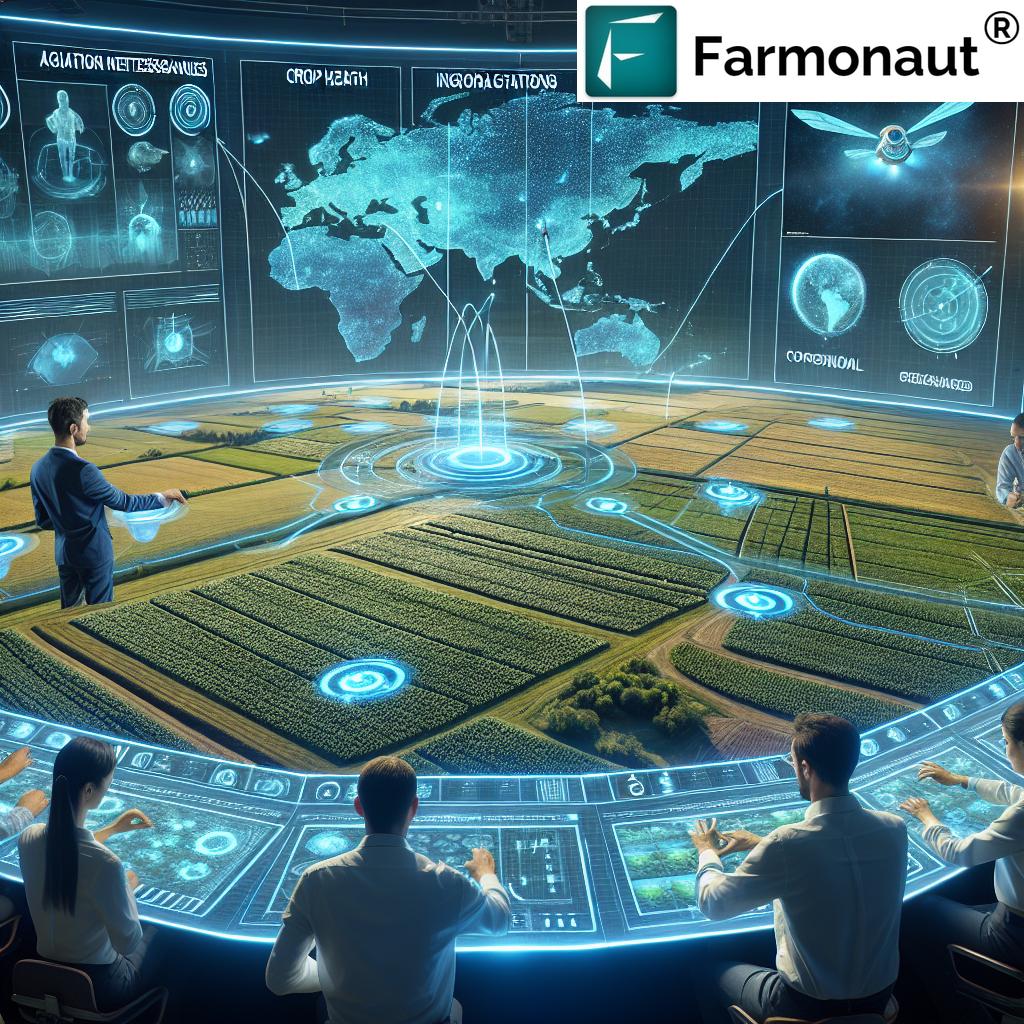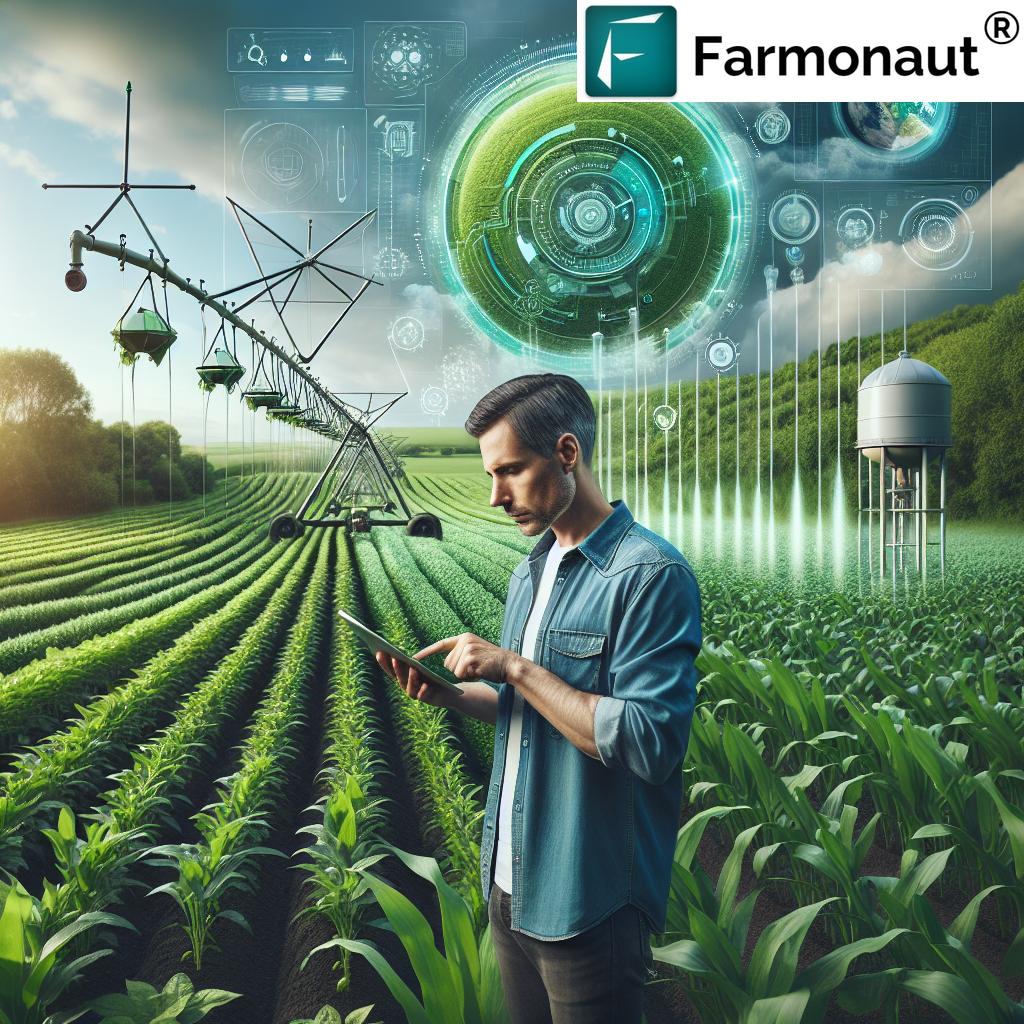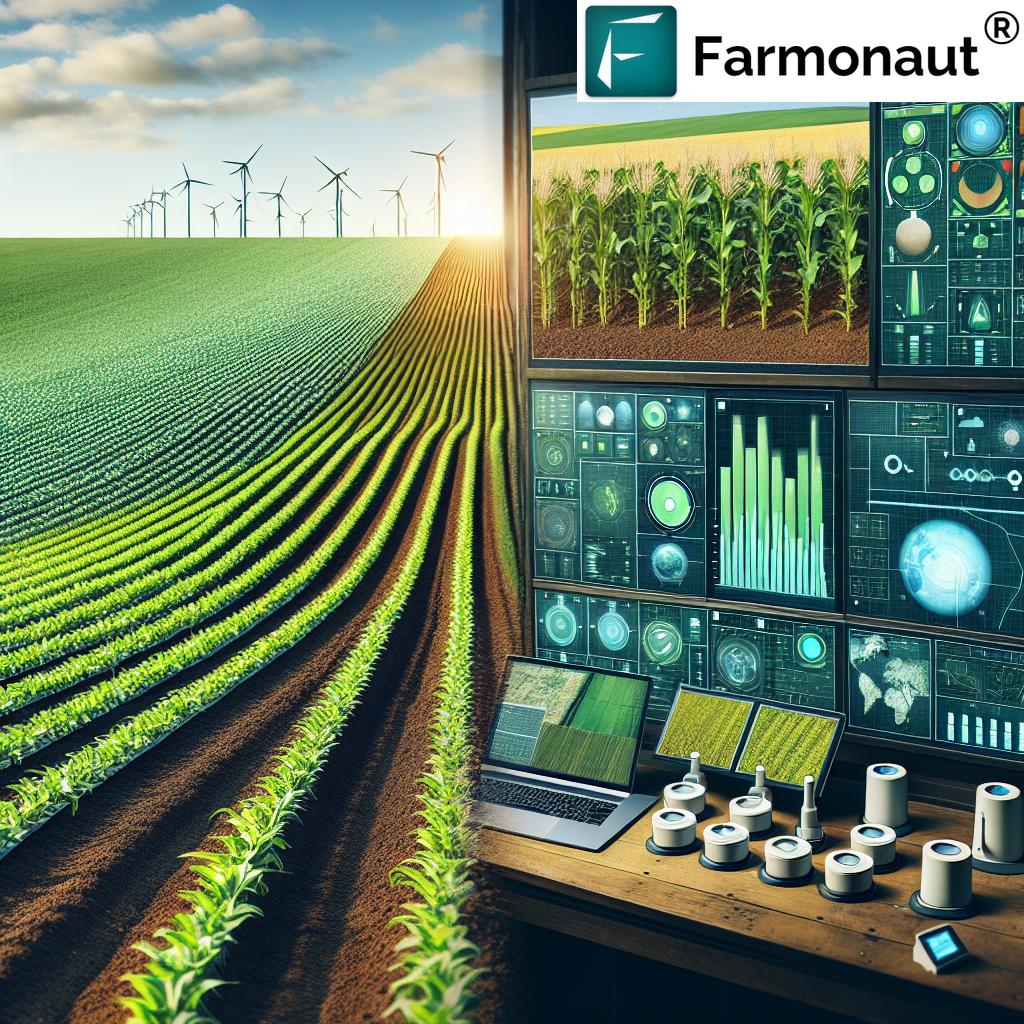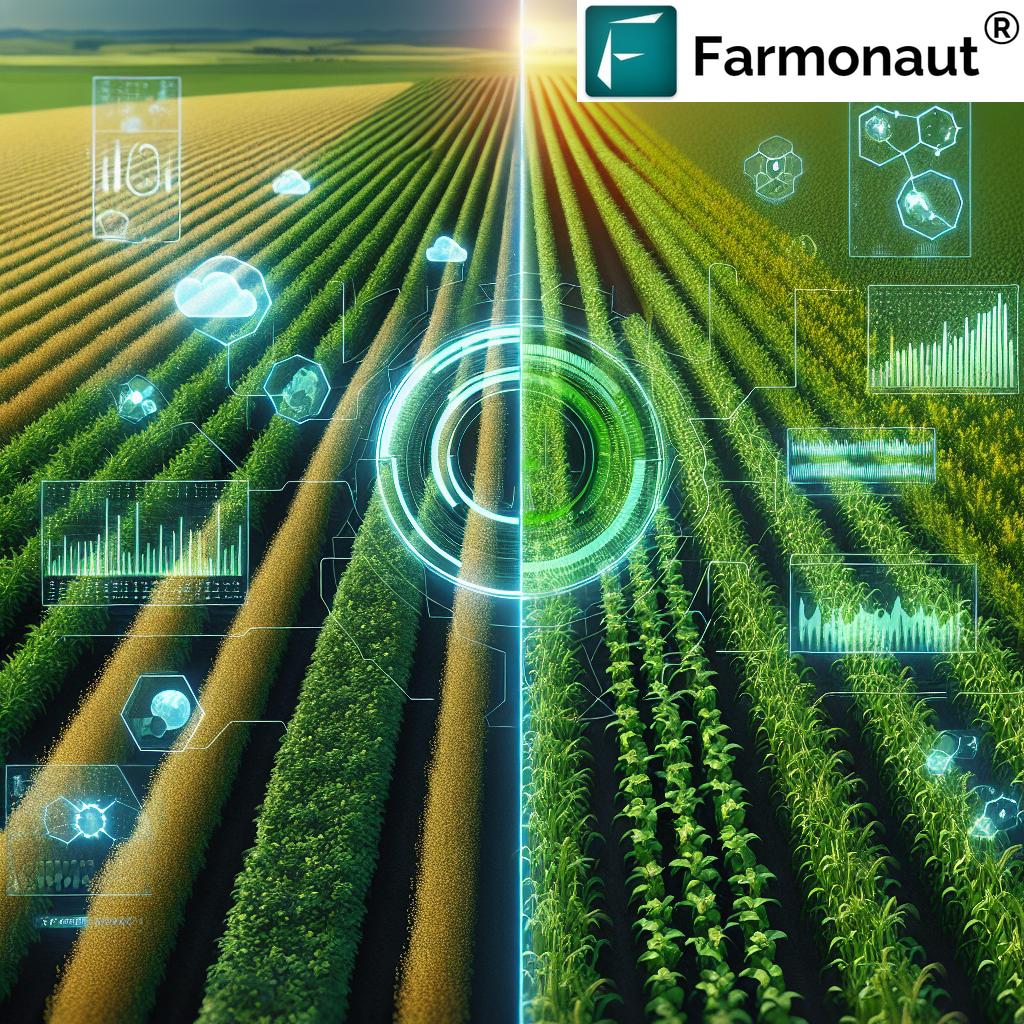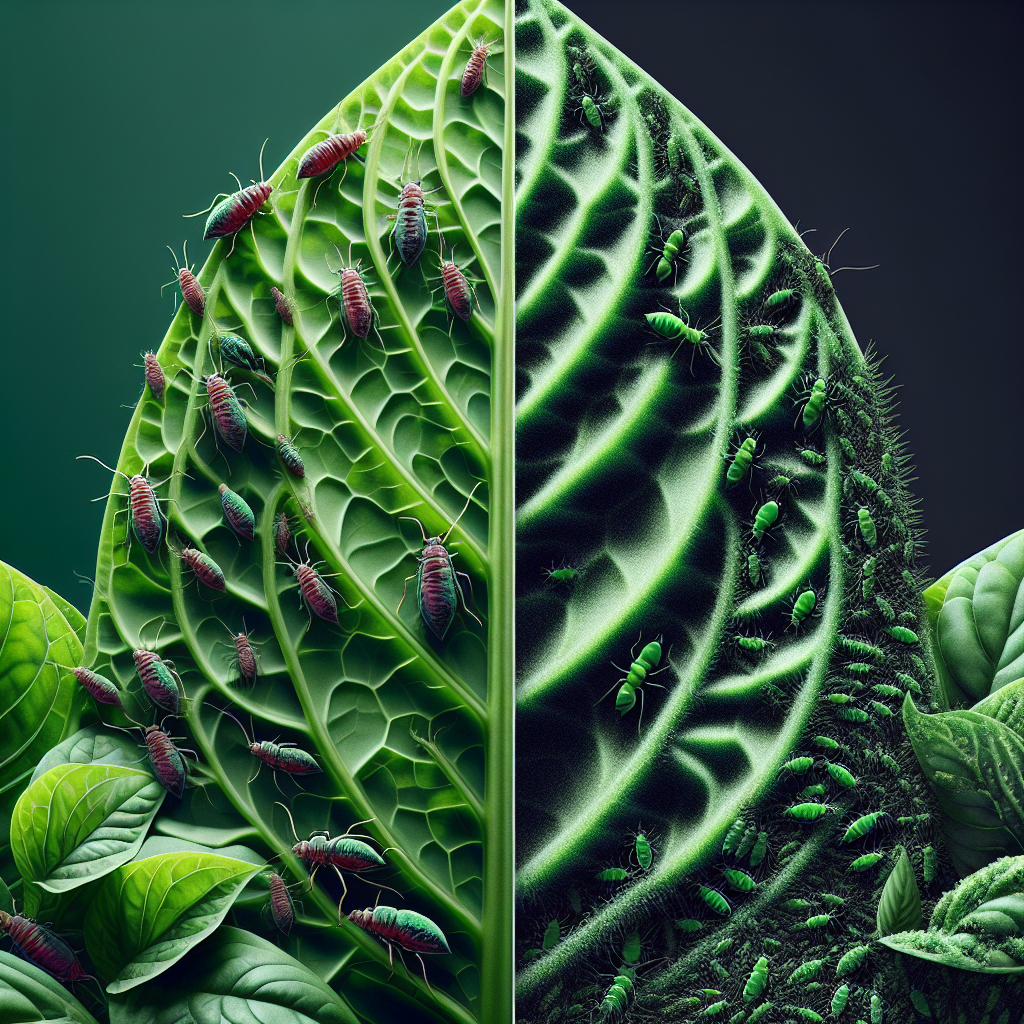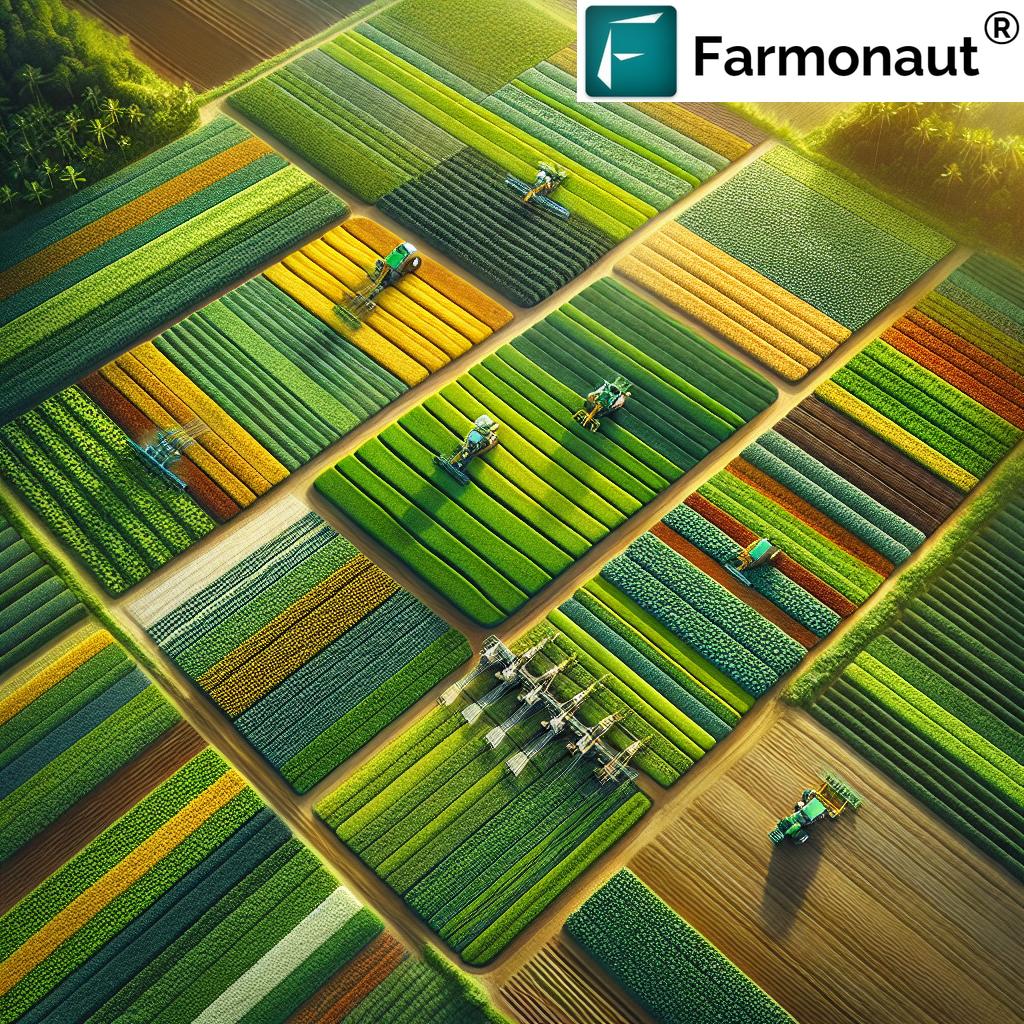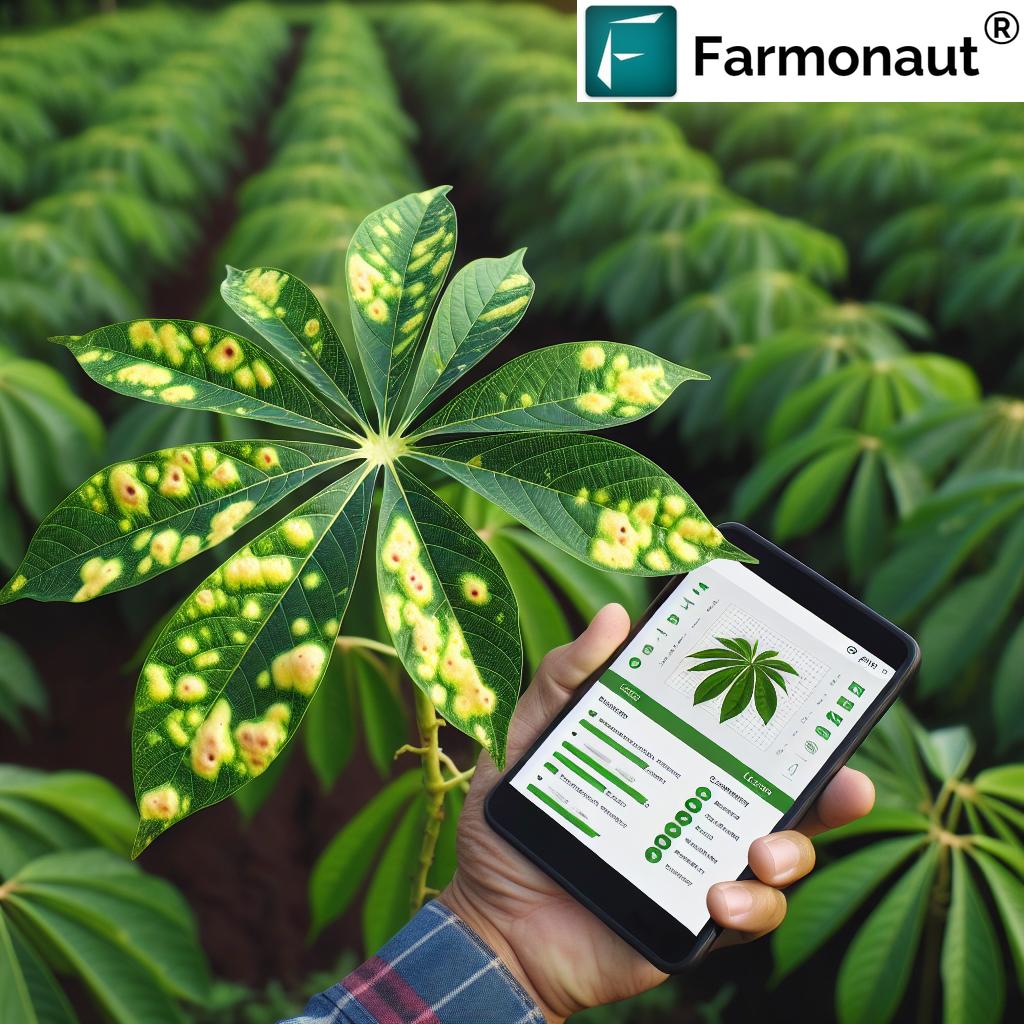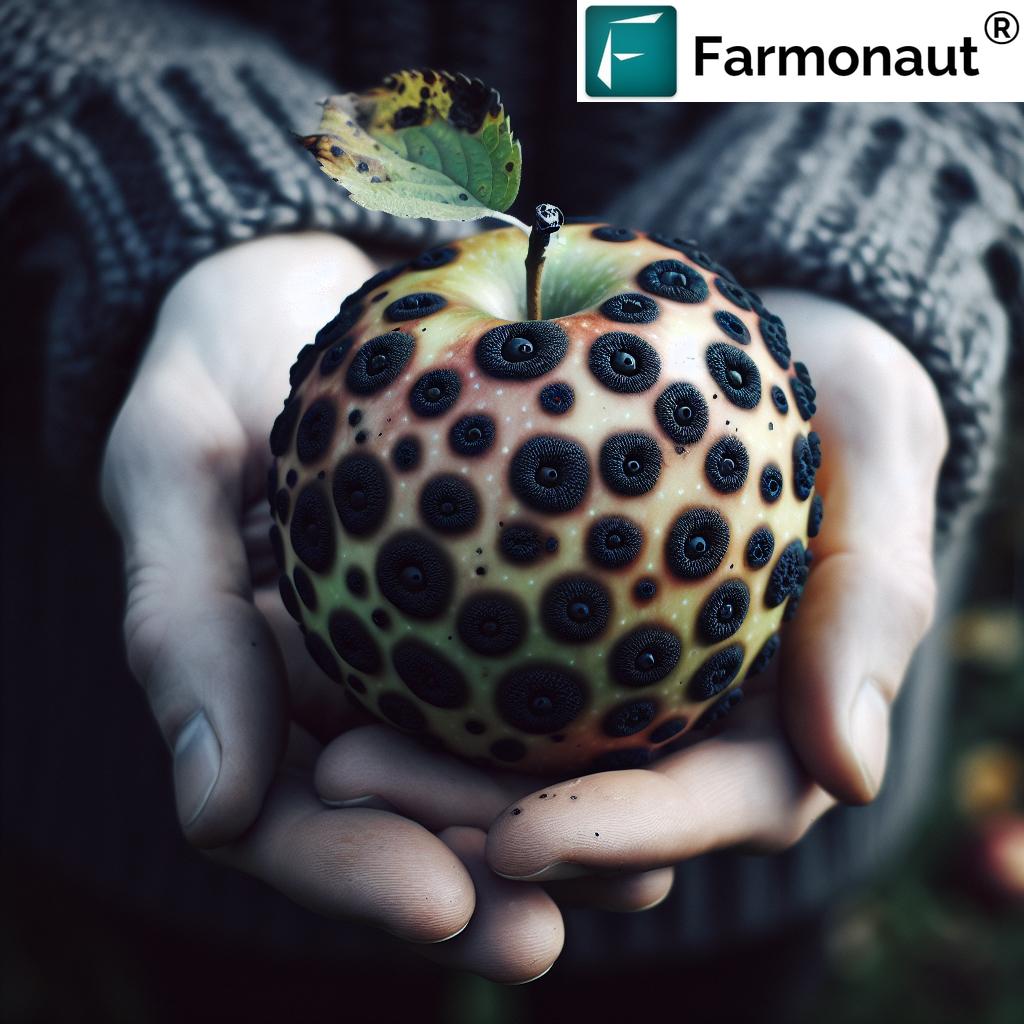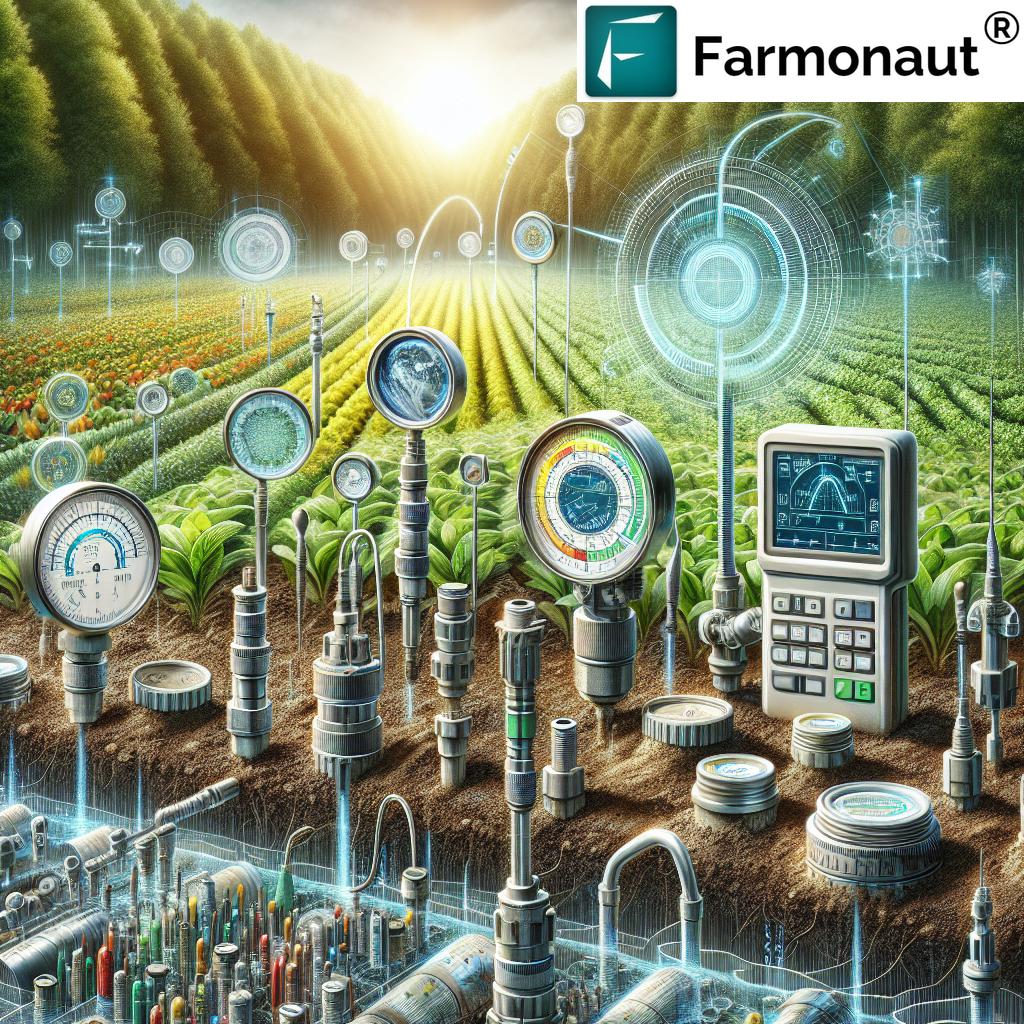Crop Tracking Secrets: 7 Tech Trends You Must See!
Discover how crop tracking, precision agriculture technologies, and AI in agriculture are transforming farming by enabling us to optimize yields, resources, and sustainable practices.
Meta Description:
Crop tracking unleashes a new era of precision agriculture. See 7 technology trends revolutionizing agricultural data monitoring, yield optimization, and sustainable farming practices.
Comprehensive Overview of Crop Tracking in Agriculture
In today’s rapidly progressing world, crop tracking has become a critical component of modern agriculture. Our ability to precisely monitor and manage crop growth, health, and yield using advanced technologies means that farmers can make smarter decisions and optimize every stage of the farming journey. The integration of precision agriculture technologies, sensors, AI, and blockchain into agricultural data monitoring not only enhances productivity and sustainability, but also transforms resource management, irrigation, and pest control.
Let’s embark on a data-driven journey through the secrets of crop tracking, exploring how continuously evolving innovations—including satellite monitoring, drone crop monitoring, IoT for crop management, and AI in agriculture—empower us to increase yields, conserve resources, and ensure sustainable farming practices.
The Evolution of Crop Tracking: From the Past to Precision Agriculture
Historically, crop management relied on manual observations and basic field tools. Simple techniques such as physically walking the field to gauge growth stages, moisture, and signs of disease or pest infestations dominated traditional farming practices.
The landscape shifted with the advent of precision agriculture, a set of technologies and approaches designed to address the inherent spatial variations in crops, soil, and environmental conditions across a field. Modern precision agriculture technologies now leverage satellites, sensors, machine learning algorithms, advanced data analysis, and AI-driven recommendations—ushering in an era of data-driven decisions that optimize inputs, reduce costs, and minimize environmental impact.
- Yield mapping in farming helps identify productive areas using GPS data.
- Real-time weather, soil, and plant health monitoring power precise actions.
- Blockchain in agriculture supports secure traceability throughout the supply chain.
- AI in agriculture enables predictive insights for resource optimization and risk mitigation.
Crop Tracking Secrets: 7 Tech Trends You Must See
Our ability to unleash the full potential of crop tracking rests on understanding and leveraging today’s most impactful technological innovations. Here we unveil the seven most essential trends shaping the future of agricultural monitoring and precision farming.
1. GPS & GIS: Enabling Field-Wide Mapping and Resource Optimization
Global Positioning Systems (GPS) and Geographic Information Systems (GIS) have become foundational tools for crop tracking and agricultural data monitoring. By integrating GPS data with yield mapping in farming, farmers can visualize spatial variations in productivity, soil moisture, and resource utilization.
- Yield Mapping: With sensors and GPS on harvesters, we can map yields across different field zones to pinpoint high- and low-performing areas, guiding data-driven input allocation and boosting overall efficiency.
- Field Boundary Delineation: Precise mapping underpins smart planting, harvesting, and even fleet management—optimizing equipment use and reducing overlap or missed patches.
- Resource Planning: GIS-driven analysis informs targeted irrigation, fertilization, and nutrient management—cutting costs while maintaining or improving yields.
Platforms like Farmonaut bring GPS/GIS functionality straight to your device, making these insights accessible for farms of any scale.
2. Remote Sensing: Drone Crop Monitoring and Satellite Imagery
Remote sensing technologies—especially drones and satellite-based crop health monitoring—have revolutionized the way we monitor and manage crops at every stage.
- Drone Crop Monitoring: Drones equipped with multispectral and thermal sensors provide high-resolution images across large fields in minutes, revealing plant health, moisture stress, disease outbreaks, and growth stages.
- Satellite Imaging: Satellite technology covers much greater acreage, offering near real-time, repeatable coverage essential for large-scale farming, government monitoring, and yield forecasting.
- Data Insights: Both drone and satellite imagery support NDVI analysis (Normalized Difference Vegetation Index) and other indicators of crop health.
Farmonaut’s platform leverages advanced satellite-based management—making it easy for both individual farmers and large agribusinesses to access real-time remote intelligence for their fields on web and mobile.
3. IoT for Crop Management: Real-Time Data and Soil Moisture Sensors
The Internet of Things (IoT) empowers crop monitoring and management with an intelligent network of connected sensors:
- Soil Moisture Sensors: Devices deployed across fields capture real-time soil moisture levels, supporting precision irrigation scheduling that saves water and prevents over- or under-watering.
- Climate Sensors: Temperature, humidity, and light sensors help us understand the microclimate conditions directly impacting crop health and growth stages.
- Continuous Monitoring: Automated data collection and alerts streamline crop tracking and enable prompt interventions.
The integration of fleet and resource management with IoT-driven analytics means both land and machinery are always optimized for maximum productivity and minimum waste.
4. AI in Agriculture: Smart Analytics, Predictive Monitoring, and Crop Tracking
Artificial Intelligence (AI) and machine learning are redefining precision agriculture technologies by:
- Analyzing massive datasets from satellites, IoT sensors, and historical records, providing actionable insights for every farming scenario.
- Predictive Analytics: AI models can forecast yields, predict pest infestations, or anticipate disease outbreaks—enabling proactive strategy and resources allocation.
- Advisory Systems: Advanced tools—like Farmonaut’s Jeevn AI Advisory System—offer personalized recommendations based on weather forecasts, field data, and market trends, delivering immense value to both family farms and large agribusinesses.
By leveraging AI in agriculture for decision-making, we bridge the gap between raw data and actionable wisdom, optimizing every stage of the crop lifecycle.
5. Blockchain in Agriculture: Traceability and Data Security
Blockchain technology brings unmatched data security and transparency to agriculture:
- Immutable Record-Keeping: Each input and output in the field and supply chain is recorded on a secure, distributed ledger—protecting from fraud, tampering, and loss.
- Product Traceability: Consumers, suppliers, and authorities can track every step from seed to supermarket, increasing trust and compliance.
- Farmonaut’s Blockchain Solutions: Farmonaut delivers traceability solutions that ensure transparency for supply chain stakeholders in textiles, food, and other sectors, simplifying audits and certification.
Blockchain in agriculture also facilitates faster crop loan and insurance verification for both farmers and financial institutions.
6. Mobile Apps & Farm Management Platforms
Comprehensive farm management solutions now bring advanced crop tracking to our fingertips. Mobile and web apps enable:
- Remote Field Monitoring: Monitor soil health, growth stages, irrigation, and more—anytime, anywhere.
- Real-Time Alerts: Stay informed about critical issues such as moisture deficits, disease outbreaks, and equipment scheduling.
- One-Stop Resource Management: Farmonaut, for example, offers a modular platform with satellite-based crop monitoring, AI-powered advisories, blockchain traceability, carbon footprinting, and more—all via mobile or web interfaces.
- Scalable Solutions: Whether you’re an individual farmer or a corporate agribusiness, Farmonaut’s flexible platform delivers actionable data and tools you can trust.
Explore Farmonaut’s carbon footprint tracking to monitor and reduce your environmental impact—a critical feature for today’s sustainable agriculture standards.
7. Smart Irrigation Systems: Precision Control for Water Efficiency
Smart irrigation systems transform how we manage water—combining sensors, AI analytics, and weather data integration:
- Automated Water Delivery: Systems react in real-time to soil moisture sensor data, delivering exactly the amount of water required.
- Climate Adaptive Scheduling: Factoring in local weather, field slope, crop type, and growth stage—reducing water waste and maximizing crop health.
- Remote Control: Smart platforms like Farmonaut allow you to monitor and adjust irrigation remotely, ensuring resources are always used efficiently.
This targeted approach not only lowers costs and conserves resources, but also supports climate-resilient, sustainable farming practices for the future.
Comparative Feature Matrix: 7 Tech Trends in Crop Tracking
| Technology Name | Primary Benefit | Estimated Yield Improvement (%) | Ease of Implementation | Sustainability Impact | Example Use Case |
|---|---|---|---|---|---|
| Satellite Imaging | Field-scale crop health monitoring | 10–25% | Moderate | High | Detecting drought stress and timely intervention |
| IoT Sensors | Real-time data for soil & environment | 8–15% | Moderate | Medium–High | Precision irrigation scheduling and resource use |
| Drones | Rapid field scanning & problem spotting | 12–18% | Advanced | Medium | Quick detection of pest infestations/disease |
| AI-powered Analytics | Predictive insights & recommendations | 20–30% | Moderate | High | Forecasting optimum harvest dates, disease outbreaks |
| Mobile Apps | Remote access & farm management | 5–12% | Easy | Medium | Daily monitoring and fleet management |
| Blockchain Traceability | Transparent & secure supply chain | Up to 10% | Moderate | High | Verifiable records for loans/insurance/export |
| Smart Irrigation Systems | Precise water & nutrient use | 8–22% | Moderate | High | Soil moisture-based irrigation automation |
Key Applications of Crop Tracking in Modern Agriculture
- Precision Irrigation: Combine soil moisture sensors with weather and satellite data to optimize water use and improve plant health.
- Nutrient Management: Monitor soil nutrient levels using IoT and remote sensors for targeted fertilizer application—cutting costs while maximizing yields.
- Pest and Disease Management: Detect infestations or disease outbreaks early using AI-powered analysis of drone or satellite imagery; react with timely, targeted control strategies.
- Harvest Forecasting: Use data on crop growth stages and health to predict harvest readiness and optimize labor & equipment use.
- Fleet Management: Integration with fleet management tools helps deploy and utilize farming equipment efficiently.
- Large-Scale Operations: Platforms like Farmonaut’s Agro Admin App empower plantation & forest managers to oversee vast acreage, benchmarking best practices and automating reporting.
- Environmental Impact Management: Carbon footprint tracking helps align with sustainability mandates and reduce resource waste.
- Loan and Insurance Verification: Satellite-based verification streamlines loan/insurance access and prevents crop claim fraud.
Benefits of Precision Crop Tracking
- Enhanced Productivity: Benefit from data-driven decisions that direct resources to maximize yields and minimize wastage.
- Cost Efficiency: Optimize input use—whether fertilizer, water, pesticides, or labor—saving money, reducing losses and boosting profitability.
- Sustainability: Ensure your farm meets the highest environmental standards by reducing water, fertilizer, and carbon wastage via sustainable farming practices.
- Risk Mitigation: Stay one step ahead of climate issues, pests, and disease outbreaks using predictive analytics and real-time monitoring.
- Operational Simplicity: With all data, tools, and reports in one unified platform, farm management becomes intuitive and scalable.
Farmonaut’s Satellite-Based Crop Tracking Platform
Farmonaut is pioneering the democratization of precise crop tracking by leveraging satellite imagery, AI, blockchain, and machine learning for scalable, affordable solutions. The mission? To make advanced precision agriculture accessible to every farmer, cooperative, business, and government worldwide.
Key Features & Value Propositions
- Satellite-Based Crop Health Monitoring: Real-time NDVI analysis, soil moisture estimation, and field-by-field progress tracking.
- Jeevn AI Advisory System: Personalized expert strategies for crop management, powered by satellite data and historical trends.
- Blockchain-based Product Traceability: Effortlessly verify every agricultural product’s origin, journey, and compliance on a secure ledger.
- Fleet Management: Smart logistics tools reduce operational costs and enhance machinery management.
- Carbon Footprinting: Monitor emissions live and act to reduce your farm’s environmental impact.
- API Integrations: Connect Farmonaut’s Satellite & Weather API to your existing platforms or systems—flexible, scalable, and easy to implement. For API details and coding guides, see our Developer Documentation.
- Lightning-fast Mobile/Web Access: Tools available on Android, iOS, and browser, making advanced crop tracking universal.
- Affordable Subscription Model: Farmonaut’s pricing makes world-class monitoring & analytics accessible to all scales of agriculture.
Discover more about managing vast tracts of land efficiently by exploring Farmonaut’s large-scale farm management solutions.
Challenges and Considerations in Crop Tracking
- Data Overload: Modern platforms generate immense volumes of agricultural data—efficiency depends on intuitive dashboards, filters, and analysis tools.
- High Initial Investment: While operational costs fall over time, deploying advanced sensors, drones, or satellite-linked platforms may require upfront funding.
- Technical Expertise: We must upskill to take full advantage of AI recommendations and data interpretation for effective crop decisions.
- Data Privacy & Security: Storing and sharing sensitive farm data demands robust security and compliance— blockchain offers a compelling safeguard.
- Connectivity: In remote areas, reliable internet may be needed for cloud synchronization. The future deployment of 5G will address these constraints and boost real-time operations.
The right platform—like Farmonaut—integrates automation, user training, and rapid support to help us convert challenges into manageable steps toward efficient, sustainable agriculture.
The Future: Advancing Crop Tracking and Precision Agriculture
Crop tracking and precision agriculture technologies will continue to evolve dramatically as new tech emerges. What’s next on the horizon?
- Integration of 5G Networks: Faster data transfer, real-time video, and uninterrupted sensor streaming will power seamless crop monitoring and decision-making.
- Advanced AI and Machine Learning: Models will become even more accurate and able to personalize recommendations for each field and crop.
- Edge Computing Adoption: By processing data closer to the source, we’ll reduce latency and ensure mission-critical monitoring never pauses—even in remote fields.
- Expanded IoT–Blockchain Integration: Integrating sensors and control systems with secure blockchain records will further fortify trust and streamline compliance globally.
Farmonaut remains at the cutting edge, empowering every farmer and agribusiness to capitalize on these coming breakthroughs and build farms that are productive, sustainable, and future-proof.
Farmonaut Subscriptions
With flexible, affordable subscription packages—and API access for easy integration—the Farmonaut platform is ready to scale with your needs. The choice is yours: select services that fit your farm’s size, goals, and technology ambitions.
FAQ – Frequently Asked Questions
1. What is crop tracking and why is it important?
Crop tracking is the continuous monitoring and management of crop health, growth stages, and field conditions using advanced technologies including sensors, satellite imagery, and AI analysis. It empowers farmers to optimize inputs (like water, fertilizers, and pesticides), maximize yields, and reduce environmental impact, making agriculture more sustainable and profitable.
2. How does Farmonaut help in crop management?
Farmonaut harnesses satellite imagery, AI, blockchain, and machine learning to empower farms of all sizes with real-time crop monitoring, resource optimization, secure traceability, data analytics, and environmental impact tracking—all accessible via Android, iOS, and web app. Farmonaut offers cost-effective, scalable solutions suitable for individual farmers, agribusinesses, government agencies, and corporate clients.
3. Can I use Farmonaut for sustainable farming practices and compliance?
Absolutely! Farmonaut’s carbon footprinting module and blockchain traceability solutions are designed to support compliance with modern environmental standards, optimize resources, and demonstrate sustainable practices for certifications and reporting.
4. What devices can I use with Farmonaut’s platform?
Farmonaut is accessible via web browser app, Android app, and iOS app. Additionally, developers and businesses can use our API for custom integrations.
5. Are precision agriculture technologies affordable for smallholder farmers?
Yes, Farmonaut is committed to making precision agriculture cost-effective and practical for smallholder and family farms, with affordable subscriptions and scalable solutions based on satellite monitoring—eliminating the need for costly hardware investments.
6. What’s included in Farmonaut’s subscription plans?
Subscription plans vary from basic crop monitoring to advanced packages including AI advisories, traceability, fleet management, and carbon footprinting. All plans feature intuitive dashboards, field-by-field analysis, and real-time alerts.









